Giro d’Vaughan – Villa Charities
It started with a bike ride. Nearly a decade ago on a warm August day, Edward Sorbara was pedalling along the back roads west of Toronto. He was, as he had done a handful of times before, cycling in the Multiple Sclerosis Society of Canada’s annual Brampton-to-Guelph-and-back fundraiser. It was here that he had an idea. The MS Bike Tour was growing steadily, gaining major sponsorship and spreading to other cities across the country. It was a great avenue for exercise, but also something fresh and novel outside the staple dances and galas of the charity circuit. Why not do something similar for the local community, but with an Italian twist? he thought.
That idea was the simple spark that ignited the Giro. What started as a small gathering in Toronto has kicked its way into a much-anticipated annual fundraiser that draws riders of all skill levels, from recreationalists to serious roadies, and even the city’s premier business magnates. A tribute to the famed Giro d’Italia, the Giro takes participants on a scenic tour north of Vaughan, from Eagles Nest Golf Club, through the rolling hills of the rural area, along tree-lined country roads and past sweeping farmland framed by weathered fences on the optional 100-km GranFondo route or the 60-km MediaFondo. Rest stops are set along the way, where volunteers serve Italian fare to help participants refuel and to add a touch of la dolce vita.
With a quality-over-quantity approach and a focus on community, this early-season ride has become, for many, the year’s christening cycling event — one that continues to grow thanks to the booming popularity of cycling. With more and more people hungry for new and accessible ways of staying active, the historical and beloved European activity of cycling has asserted itself as a major player in the recreational sports scene. It’s a way to disconnect from the glowing screens and daily grind of everyday work and reconnect with the sights of lush countryside, the smell of pine trees and the sounds of the living world. It’s the cool wind brushing your face and the warm sun on your back. It’s the rush of adrenalin while flying down a hill and the strain of muscles as you bear down and vigorously pump your legs, pushing past the pain and overcoming self-doubt and the next incline. It’s a way to release and reflect, to rekindle that childlike sense of adventure and freedom.
Alzan Khan, owner of Pedal Performance and bike sponsor at the Giro, notes that while fitness is certainly a major aspect in cycling’s growth, especially considering its lower-impact nature, there’s also the peer pressure element. “You get a couple of friends who have [bikes] and it seems like the thing to do,” says Khan, who is also donating a black and pink Pinarello Due Giro bicycle to auction off at this year’s ride. He adds that it’s this camaraderie, the sense of community connected by a common thread, which is also shifting the sport from a solo or pair activity to something larger groups enjoy. “Instead of just two people going out for a ride themselves they’re meeting up with 12 other riders,” he says. And maybe you’ve seen them: perhaps early on a Sunday, sporting bold-coloured, form-fitting jerseys, cruising in packs of half a dozen or so, shifting positions like a fluid train, their long shadows stretching from their bikes’ narrow tires. Or maybe midday on a Saturday, sitting outdoors at a small café in Kleinburg, laughing and chatting over an espresso after a morning ride.
They’re certainly not hard to find. There are around 11,000 members and 135 cycling clubs registered with the Ontario Cycling Association, numbers that grow year over year. Every spring, thousands of riders flock to large-scale fundraisers, such as the annual Becel Heart & Stroke Ride for Heart, where more than 13,000 cyclists took over the Gardiner Expressway and DVP last June, and the Ride to Conquer Cancer, where more than 5,000 cyclists take part in a two-day, 200-km trek from Toronto to Niagara Falls.
Up here in Vaughan, things are a bit more modest. Last year was the Giro’s biggest turnout to-date with over 200 riders — but more manageable numbers has always been the aim. President of Villa Charities Pal Di Iulio explains that the plan was always to attract around 250 participants, with possible long-term goals of upward of 500. For Di Iulio, the Giro isn’t about amassing hordes of hardcore cyclists. Instead it’s about promoting the five Fs. “It’s always a matter of friends, food, family, faith and fun,” he says. “Our intention is always to keep it within that, make it fun, make it friendly, yes have some fundraising, but it’s a way of promoting our own activities while keeping [Villa Charities] alive in the minds and hearts of the people who see us going by.” Sorbara, co-founder of the Giro, echoes these sentiments. “You’re spending a nice day with family. You’re getting exercise, enjoying fresh air, eating good food,” says the principal of real estate development firm the Sorbara Group. “For me, that’s what it is.”
Originally, Sorbara’s vision for the event was a tour around Toronto, where riders would stop at different Italian communities and sample authentic cuisine prepared by the area’s social club. His father, Sam, who founded the Sorbara Group in 1942, was one of the original donors to Villa Charities. In 1976, Sam even helped fund the first Villa Colombo location, which provides residential care and community services to seniors. Considering Villa Charities’ status in the community and his desire to carry on the tradition of support established by his father, Sorbara felt Villa was the perfect cause for the event. “It was a good idea from the beginning,” says Di Iulio. “Mr. Sorbara had the passion to say, ‘Let’s try it.’ And of course we had his nephew Pat Tanzola, who put the initial screws and bolts and nuts together.”
In 2005, Sorbara recruited Tanzola to orchestrate the event and put together a package to present to the public. Tanzola dedicated nearly a year — from August 2005 to June 2006 — to getting the Giro off the ground, working with the Villa Charities Foundation and various volunteers. Sorbara notes that if it wasn’t for Tanzola’s efforts the Giro may never have put rubber to road. “The easy part is to write all the cheques,” says Sorbara. “It’s doing all the grunt work that’s the tough part.”
The first ride launched in 2006 with a humble 50 riders. With each successive year the “Giro Toronto,” as it was known, would take participants on a boot-shaped ride from Villa Colombo by Dufferin Street and Lawrence Avenue, through Little Italy along College Street and down by Exhibition Place and back. Along the way, cyclists would sample various Italian fare, such as gelato, espresso or pasta. Sorbara recalls bringing up the rear one year and missing out on pasta e fagioli at one stop, “which,” he quips, “is something I’ve never really gotten over.”
But as the Giro grew, concern escalated over safety. A large group of cyclists venturing through Toronto’s traffic-heavy streets, with roads traced with streetcar rails and dotted with potholes, was proving increasingly perilous. The ride was forgone in 2011, but discussion was already underway to transplant the Giro. It wasn’t long until eyes shifted north. Silvio Guglietti has been a regular participant in the Giro since its inception. His family was always an ardent supporter of Villa Charities, and Guglietti holds fond memories of the pleasant atmosphere Villa created for the community’s seniors. The Guglietti family is well-known for their generous spirit, and besides other philanthropic efforts, such as the $1 million donation to the Princess Margaret Hospital Foundation, have also contributed $500,000 for the construction of Villa Vaughan. Silvio, the son of the late Giovanni Guglietti, founder of Tamarack Lumber, liked the idea of the quieter country roads of the Vaughan area. The principal and general manager of Melrose Investments had been in discussion with his cousin Jim De Gasperis, president of ConDrain Group, Canada’s largest sewer company, to come up with options for a Vaughan-based Giro. De Gasperis, Silvio explains, would become a key player in bringing the Giro to Vaughan. “He was behind it 100 per cent,” says Silvio, who, along with Frank Ciccolini Jr., is the Giro’s current co-chair, “and if it wasn’t for his involvement the event wouldn’t have been as successful.”
The De Gasperis family has always been staunch supporters of Villa Charities, as well. The late family patriarch, Alfredo De Gasperis, founder of ConDrain, was one of the pillars of Villa Charities from its inception, working with other Italian-Canadian clans to establish Villa’s base before serving as vice-chair on the board of the Villa Charities Foundation. Jim, who was also a player in the construction of Villa Vaughan, proposed launching the ride from Eagles Nest, the golf course he co-owns. “It was something different where everyone can come together, and a great idea for exercising on a nice day,” says Jim, honorary co-chair of this year’s Giro, of the ride. “Plus having my own venue that we could use for the start and the finish I thought was going to help.” Guglietti and De Gasperis pitched the idea to Sorbara, Villa Charities and others who helped give the Giro its original momentum and it was agreed: the Giro would move to the open roads of rural Vaughan.
“It’s beautiful up there,” says Augy Marmelo, owner of PowerWatts-Spidertech Cycling Studio, of the scenic backdrop the area affords. Marmelo, also a member of the Giro committee, has biked the roads throughout York Region for over 25 years (he regularly makes 150-km rides up to Barrie and back). He’s been an integral part of the Giro’s success, designing both the early routes throughout Toronto and the more recent ones north of Vaughan. Besides the pastoral setting, the quiet roads also provide safety that just didn’t exist in the hustle and bustle of the big city. “First and foremost for us, it’s all about safety,” Marmelo says. The mix of road also gives a range of difficulty for riders of varying skill. Out west, casual riders can roll through the flatter terrain of Caledon, while more enthusiastic cyclists can challenge themselves on “Strawberry Hill,” a steep incline on Weston Road just south of Kettleby.
In 2012, the Giro officially relaunched in Vaughan, with Guglietti and De Gasperis taking the reins as co-chairs. “One thing I can say to the credit of the De Gasperis and Guglietti teams,” says Sorbara, “is that they’ve taken it to a far more aggressive level, particularly with the fundraising.” He explains that the most riders they ever had out for the Toronto rides was about 140-150. But under the next generation’s guidance, the Giro has grown to well over 200 and raises significantly more funds. “So I give them 100 marks for that,” adds Sorbara, honorary co-chair of this year’s Giro. “They work hard at it and put on a great event.” The idea of the Vaughan Giro, De Gasperis explains, was never to reinvent the event year after year, but to instead build on the foundation laid by Sorbara and others, to fine-tune it into something that grows better with time. “You want to tweak it,” he says. “You look back at the year before and find corrections you could make to improve it, and also see how to make more money for the charity while still creating a great day.”
Since the original ride in 2006, the Giro has raised $450,000 for Villa Charities. This year the goal is set at $200,000. But while generating funds for a worthy cause is always crucial, Guglietti explains that encouraging the community to come together and spend time with one another, enjoying great weather and food and each other’s company is what counts. “That’s the primary goal more than anything else,” says Guglietti, who’s also ridden in every Giro since it launched in 2006. “We want to be very strong, very steady and have people [who] are dedicated and just keep coming back and look forward.” And that’s what always seems to happen. During the initial Vaughan Giro in 2012, the first wave of riders pulled into the Gugliettis’ Pinecrest Farms, one of the designated rest stops. As the Giro d’Italia was running at the same time, the Gugliettis set up a screen so riders could catch the action. The group was sipping espresso, snacking on the Italian goodies and chatting, when it happened: the room turned to the screen and cheers erupted. Canadian Ryder Hesjedal crossed the finish line in Milan. He overcame the 31-second lead set by Spaniard Joaquim Rodriguez to become the first Canadian ever to win the Giro d’Italia and a Grand Tour. “I wish I could say I planned that, but the stars all aligned,” chuckles Di Iulio. This scene — community members laughing and celebrating together over good food after a great day of exercise — encapsulates the exact spirit of the Giro. As Di Iulio notes, “It doesn’t get much better than that.”
For information on how to register for the Giro, visit
www.villacharities.com
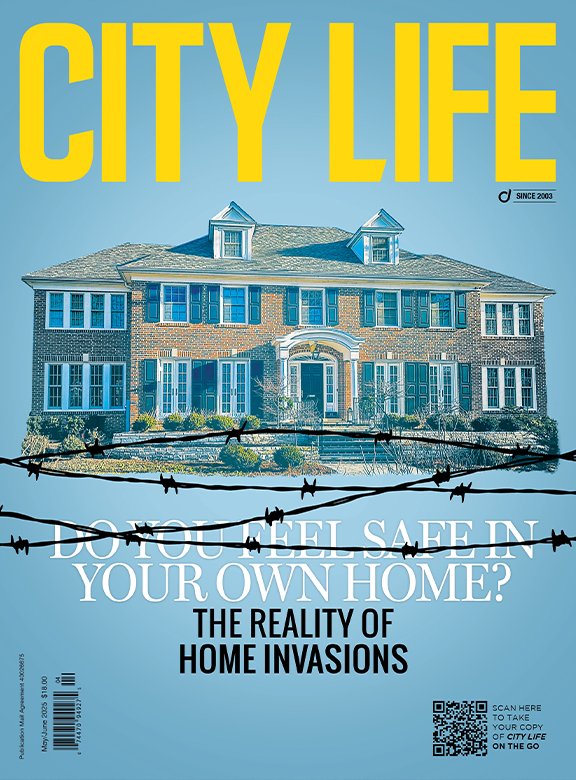






































































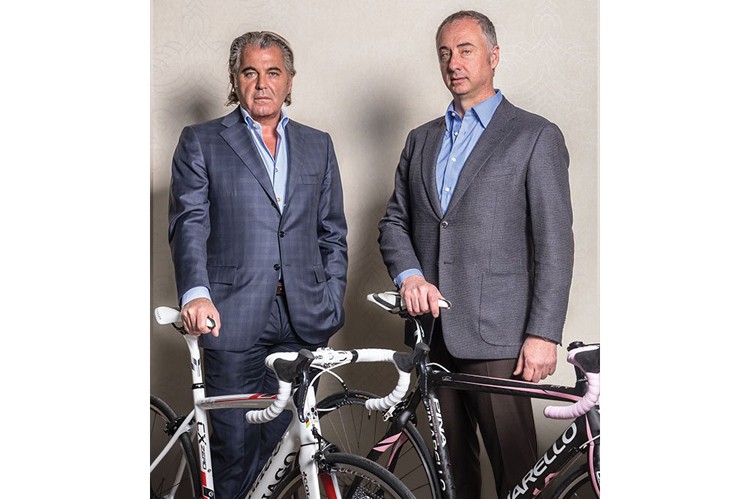
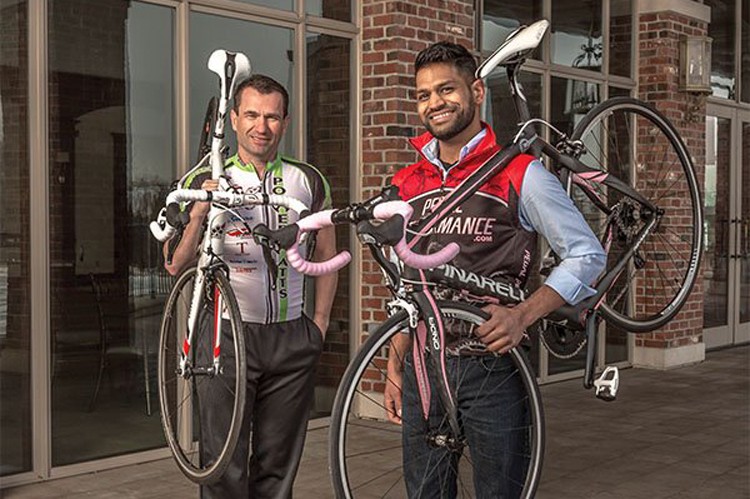
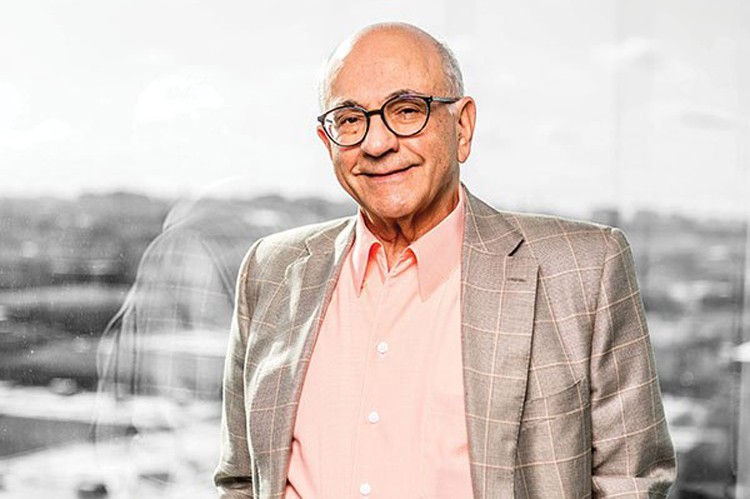
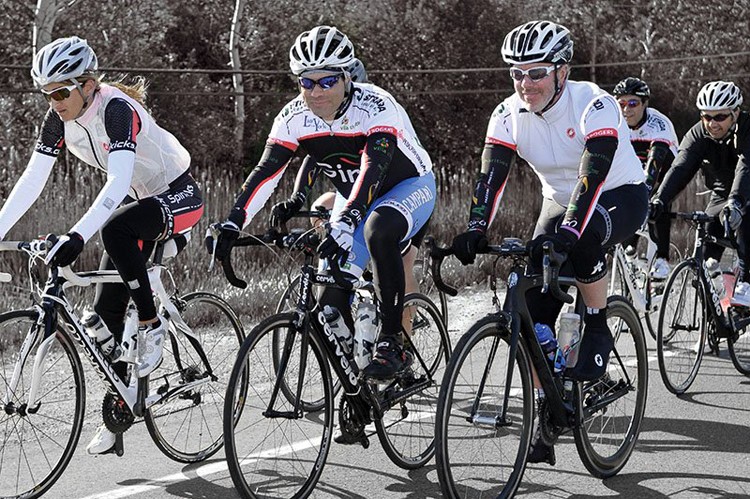
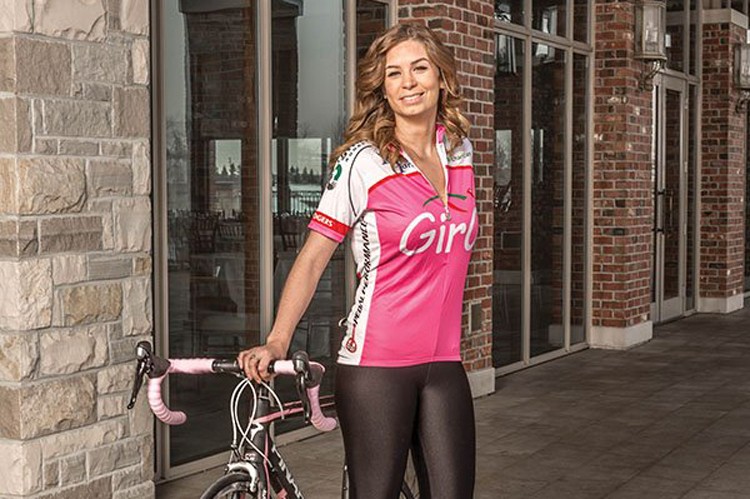
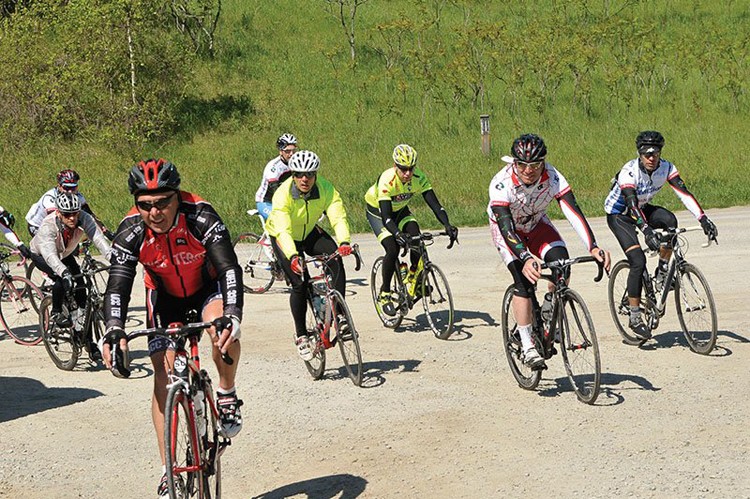
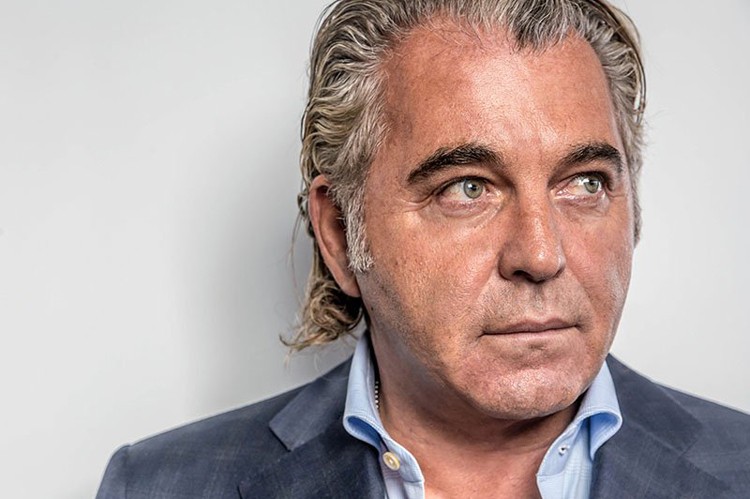
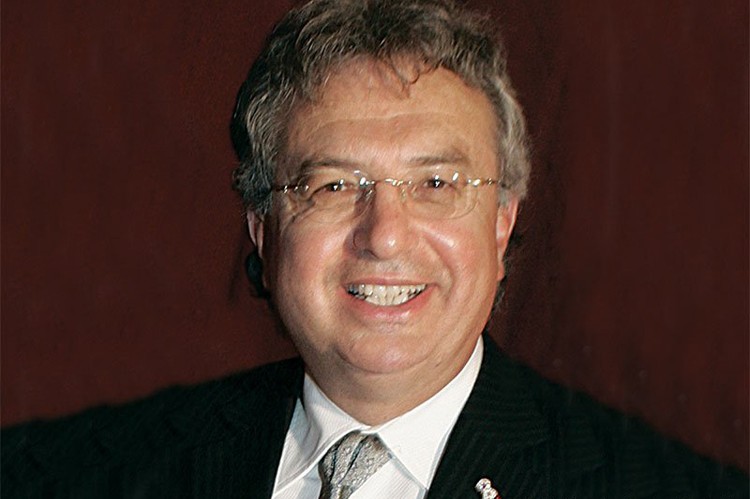
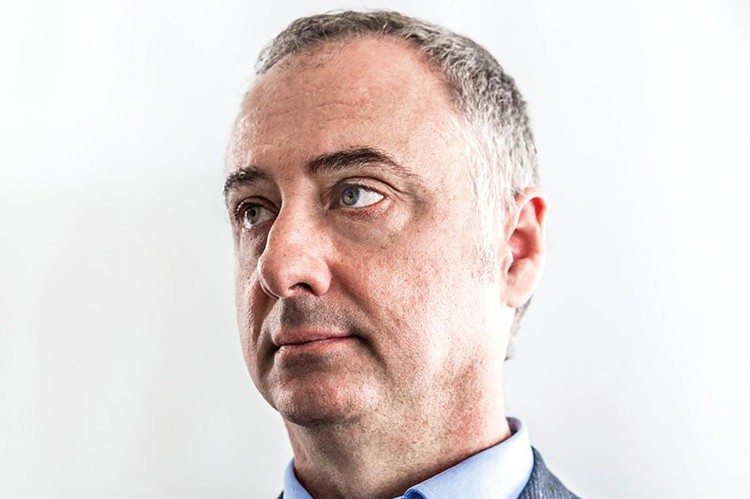
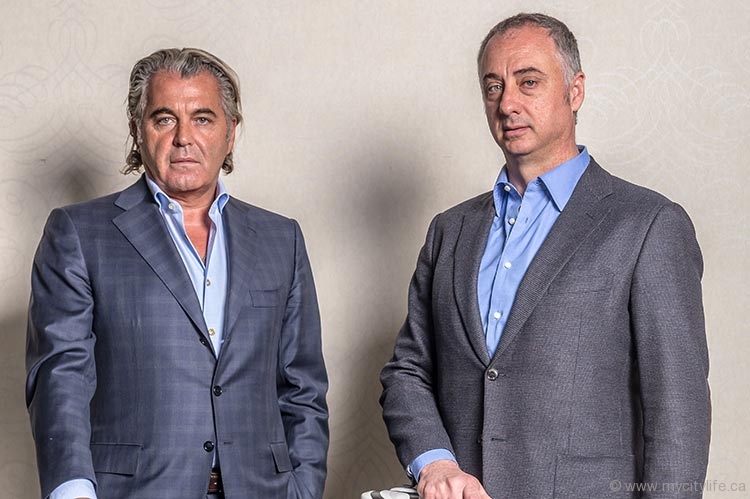


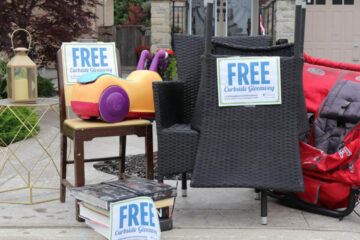


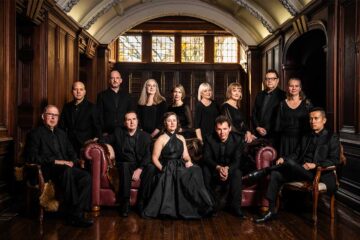
No Comment